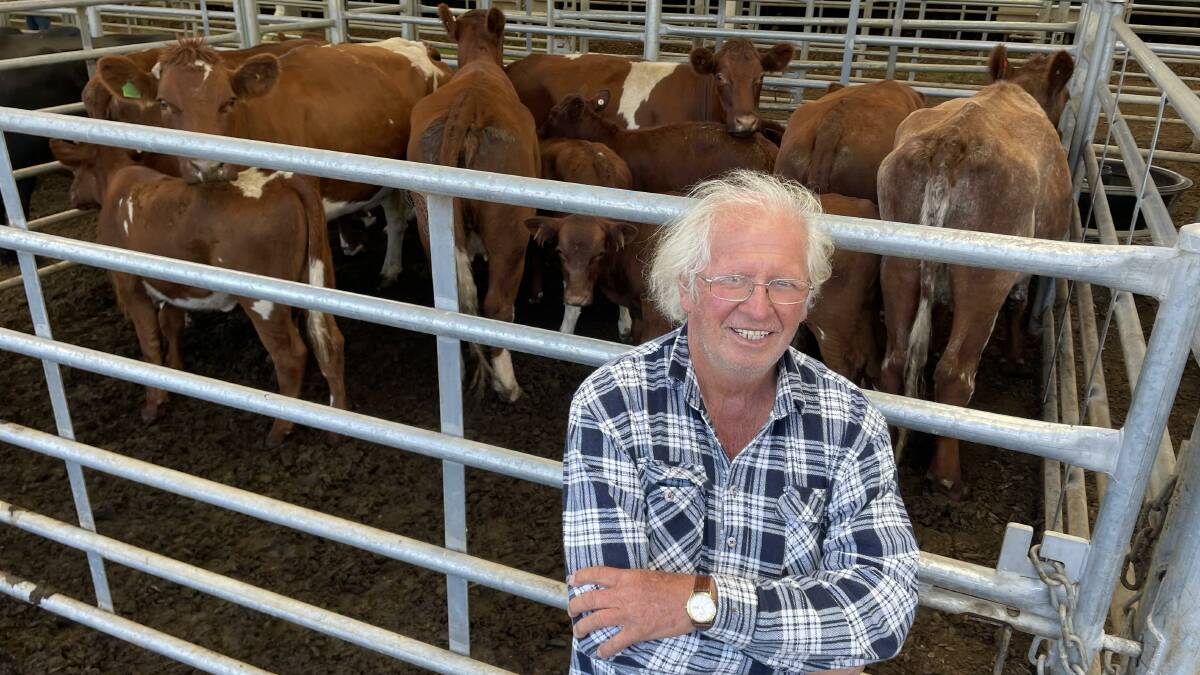
Agents anticipate a market tug-o-war between processors and backgrounders as COVID-induced challenges ease and abattoir capacity lifts.
Subscribe now for unlimited access to all our agricultural news
across the nation
or signup to continue reading
After operating at a reduced capacity, one Melbourne processor had employed "hundreds" of staff to increase its export volume to full capacity, according to Nutrien Ag Solutions livestock development manager Ron Rutledge.
"The market and workforce are returning to normal again, with plants returning to 85-90 per cent capacity," Mr Rutledge said.
"As the border open internationally, export processors in Melbourne are taking on more staff - more than they've had for some time.
"Victoria has been the most impacted with about five export plants in Melbourne experiencing more labour and COVID restriction difficulty than any other city."
According to the latest figures, there were 61,334 cattle on feed in Victoria in September, with analysts expecting that figure at full capacity of 78892 this month as processors secure winter supply.
"The demand from northern NSW for Victorian cattle is heightened and despite seeing a big projection of cattle, at Ballarat, Mortlake, and Leongatha, we are not seeing the blip in price that we should with those sort of saleyard numbers," he said.
"We are seeing light cattle go north and finished cattle come south for processing - they're passing each other on the Newell Highway."
Adding to the strength of the state's store markets is the upcoming Ramadan period, which Mr Rutledge said would stabilise a turbulent light lamb market.
"Ramadan will give lamb and mutton a shot in the arm," he said.
"The numbers needed to fill that demand will mean stability for the sheep market."
He said while processors' had increased their buying activity at recent store cattle markets, indicating they were through the worse of the crippling labour shortage and COVID cases at abattoirs, severe shipping turmoil remains with the cost of refrigerator containers "the same price as the meat inside the containers".
Nutrien Ag Solutions Yea livestock agent Tyson Bush said the next hurdle would be acquiring livestock during a record high market remains.
"Processors are only killing at 40 per cent capacity, which is keeping a lid on the already strong market," Mr Bush said.
"If these guys can open up and kill at 80pc, the kill cattle aren't there so this job could get very dear.
"The start of the chain and the end of the chain are ready to get rid of stock, (being) farmers and feedlots, but abattoirs can't kill. There are still issues with refrigerator transport and supermarkets can't get the staff to get meat on shelves."
He said there had been a boost to winter forward contracts.
"But it only takes a few COVID cases and processors can't commit that kill floor for several weeks," he said.
"Contracts are loose - they're acting as a price guide but one uncontrollable disaster then a contract doesn't mean much."
Victorian sheep slaughter was back 28 per cent year-on-year at 32,382 in the second week of February, marking a fall of 45pc on the five-year average, according to Thomas Elder Markets analyst Matt Dalgleish.
The state's cattle processing was bruised by COVID restrictions and outbreaks, falling 45pc on last year's processing volume for the same week, at 10,742 - plummeting 55pc on the five-year trend.
"Even if they had the labour to go to full capacity, the issue is around managing the high price of inputs in terms of the cost of animals," Mr Dalgleish said.
"(Processor) margins are under significant pressure so they are happy to run at lower capacity, slow down and have more regular maintenance - they're effectively going into hibernation to tighten their belts and survive.
"Using the analogy of a boxer, they are getting pummeled and protecting themselves while they weather the storm, but they'll come out punching in a couple of years once the herd is rebuilt."



